Look, we need to talk about the gentrification of literally everything. One minute you’re enjoying something affordable and authentic, the next minute it’s being “elevated” with truffle oil and featured in Goop. Here’s a journey through the things that used to be accessible until they got hit with the affluenza stick.
1. Oxtail
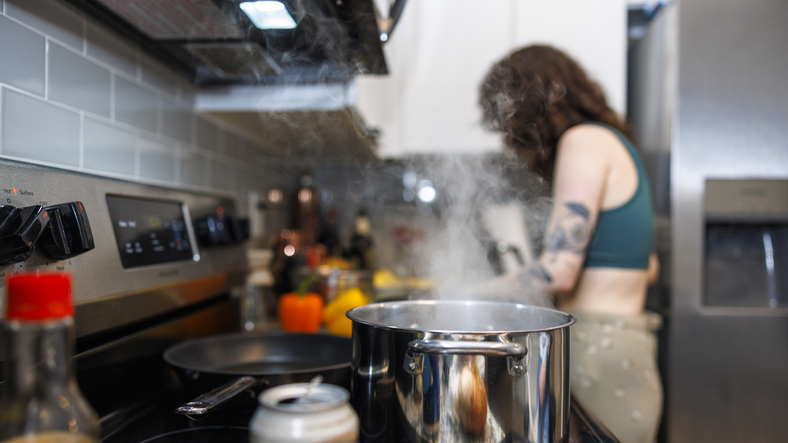
Remember when oxtail was the cheap cut that Grandma would slow-cook into something magical? The stuff butchers practically gave away? Well, suddenly some chef with a beard and a Michelin star discovered it could be “elevated,” and now it costs more per pound than an actual living cow. Your grandmother’s secret recipe went from budget comfort food to “deconstructed braised bovine tail with artisanal root vegetables” faster than you can say “market price.”
2. Thrift Shopping

Back when thrift stores were just called “the place where we get our clothes,” you could actually find affordable secondhand items. Now? They’re “vintage boutiques” where trust fund kids in berets “curate” old Levi’s for $200 a pair. The same jacket that was $5 last year is now “authentic retro streetwear” selling for your entire grocery budget. And don’t even get me started on the resellers who camp out at Goodwill with their price-checking apps, snatching up anything remotely valuable before actual low-income families can find it.
3. Homey Neighborhoods

One day you’re living in your perfectly fine working-class neighborhood, the next day some real estate agent is calling it “charming” and “authentic”—and that’s when you know you’re about to get priced out of own zip code. First comes the craft coffee shop where a latte costs more than an hour’s minimum wage, then the “artisanal” pizza place that doesn’t actually sell pizza by the slice, and suddenly your rent has doubled because your building now has a “vintage industrial aesthetic” (translation: they didn’t fix the exposed pipes).
4. Working With Your Hands
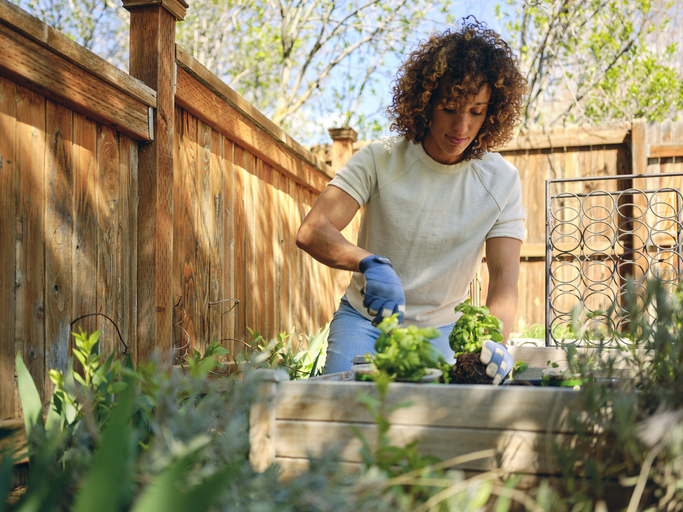
It used to be that fixing things yourself, growing your own food, and making clothes was just called “being poor.” Now it’s “artisanal crafting” and “urban homesteading.” The same skills people used to survive are now expensive hobbies for people who can afford to fail at them. Your grandpa wasn’t a “master craftsman”—he just couldn’t afford to buy new furniture. But now hand-made anything comes with a price tag that would make him faint.
5. Ramen
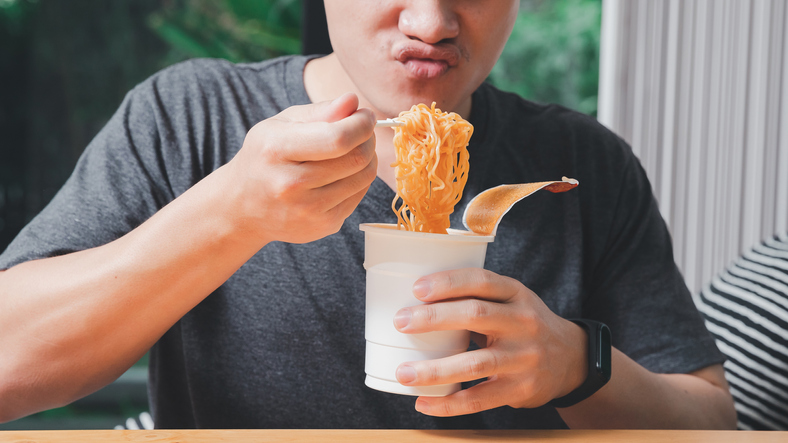
Pour one out for instant ramen—the OG broke food that got many of us through college. While you can still find the instant stuff (for now), ramen has gone from 25-cent survival food to $20+ “authentic dining experiences.” The same noodles that got you through your broke college days are now being served with a backstory longer than your student loan repayment plan.
6. Mason Jars

Once upon a time, mason jars were just… jars. They were how poor folks preserved food to make it through winter. Now they’re wedding centerpieces that cost more empty than they did full of food. People are paying premium prices to drink out of the same jars your great aunt used to store green beans, and somewhere she’s either laughing or crying.
7. Food Scraps
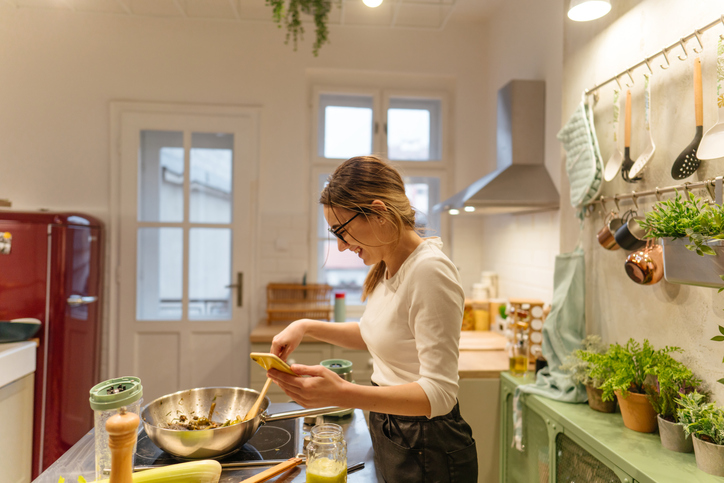
Using every part of the animal/vegetable wasn’t a philosophy—it was survival. Now “nose-to-tail” and “root-to-stem” cooking is trending, with people paying restaurant prices for the same scraps their grandparents used to make soup because they had to. Bone broth went from “we can’t afford to waste these bones” to “$12 per cup at the trendy health food store.”
8. Side Hustles

Remember when having multiple jobs was just called “trying to make rent”? Now it’s been rebranded as “entrepreneurial spirit” and “the gig economy.” What used to be a sign that one job wasn’t paying enough has been glamorized into some sort of lifestyle choice, complete with workshops on “hustling” that cost more than what you’d make hustling.
9. Community Gardens
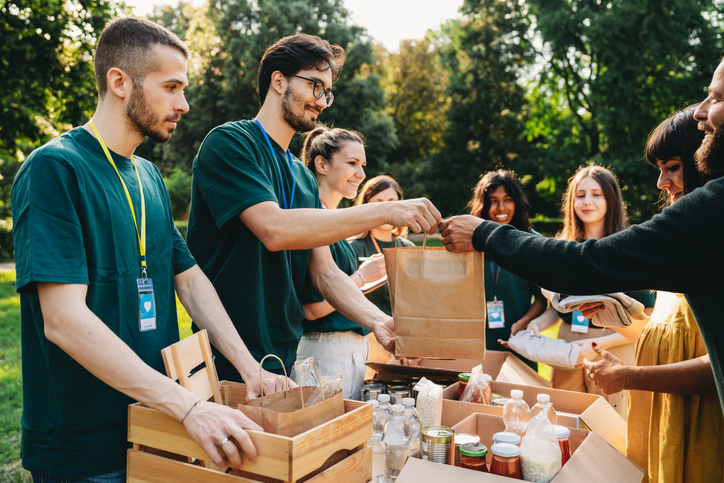
These used to be about growing food because fresh vegetables were too expensive. Now they’re Instagram backgrounds where people in $200 gardening clothes grow $6 worth of tomatoes. The same plots that used to feed families are now featured in lifestyle magazines as “urban oases” with waiting lists longer than DMV lines.
10. Factory Worker Clothes

Carhartt went from actual work clothes to fashion statements. The same jackets and boots that factory workers wore because they were durable and affordable are now “heritage pieces” selling for ten times the price. People are paying premium prices to look like they might know what a wrench is.
11. Living With Your Family

Multi-generational households used to be a sign that nobody could afford their own place. Now it’s been rebranded as “intentional co-living” and “returning to traditional values.” The same living arrangement that used to get you pitying looks now gets you featured in lifestyle magazines about “choosing community over consumption”—as if it was ever a choice.
12. Public Transportation

Taking the bus used to be a clear sign you couldn’t afford a car. Now it’s being marketed as an “environmentally conscious lifestyle choice” by the same people who have cars but choose to take the bus to feel authentic. Suddenly there are luxury bus lines with wifi and kombucha on tap, while regular bus service keeps getting cut in the neighborhoods that actually depend on it.
13. Foraging

People who used to pick berries and mushrooms, because they needed food, are watching in disbelief as foraging tours charge $200 to teach people how to find the same stuff. Now there are apps and expensive guides for finding “wild edibles,” and somehow the free food in nature comes with a premium price tag. Your grandmother who knew every edible plant in the county would be charging consultant fees if she saw this.
14. Ethnic Food Ingredients

One day you’re buying affordable ingredients your family’s been using for generations, the next day some wellness blogger discovers it and suddenly quinoa/gochujang/plantains cost three times as much. Things that were staples in immigrant households are now being sold as “exotic superfoods” in packages with more English than the original language. Your local ethnic grocery store got replaced by a chain selling the same stuff for triple the price, but now it’s “curated.”
15. Hand-Me-Downs

Getting your older sibling’s clothes used to be a clear sign of being broke. Now it’s been rebranded as “circular fashion” and “sustainable clothing practices.” The same concept of wearing used clothes has been transformed into expensive clothing rental subscriptions where people pay more per month than your entire yearly hand-me-down wardrobe cost.








